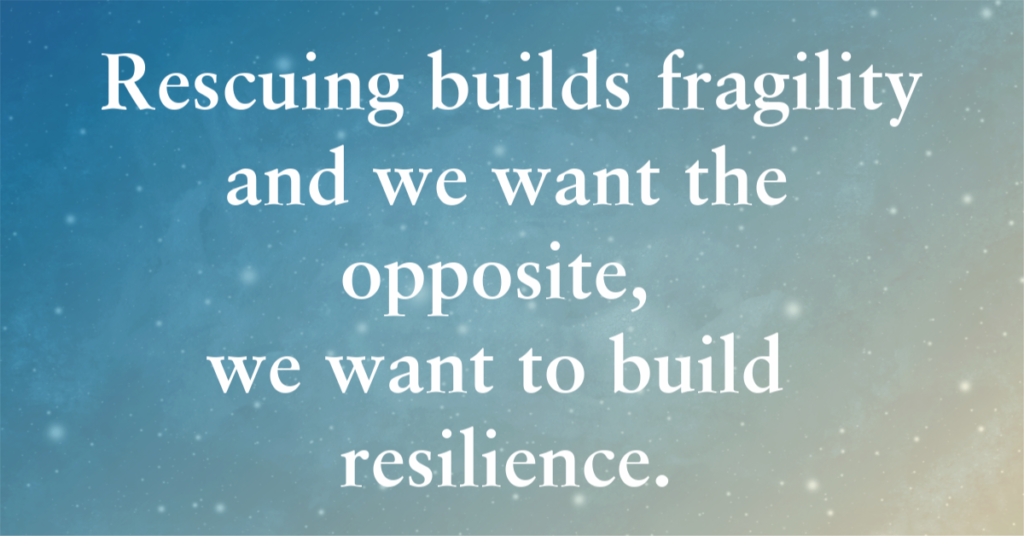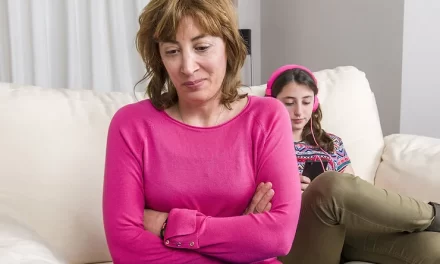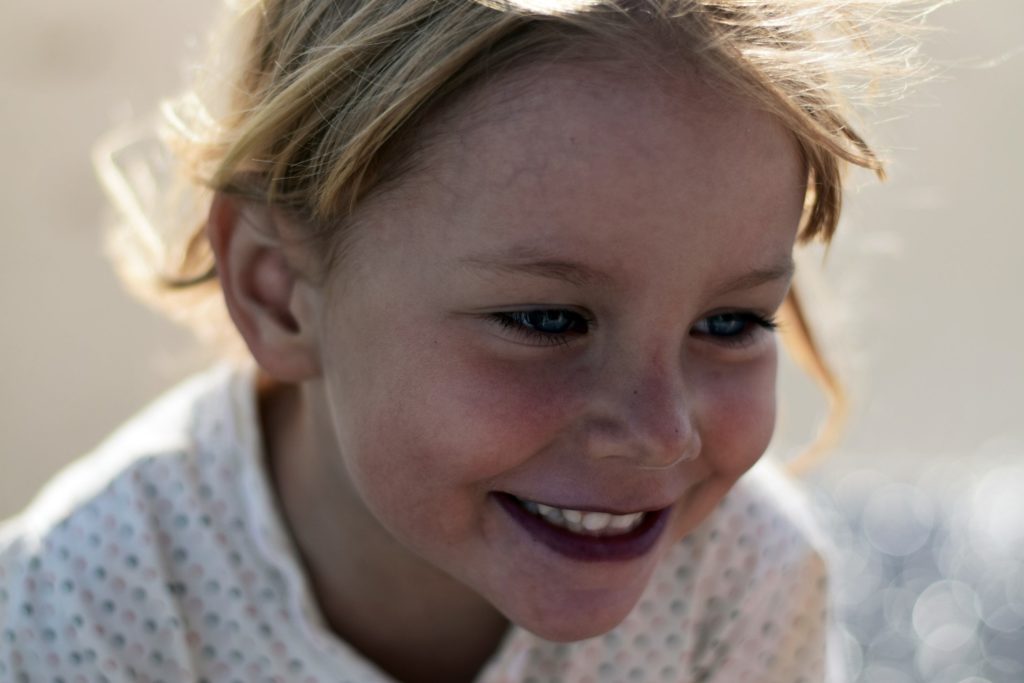Promoting emotional growth in our kids is an ongoing and sometimes difficult process. Here are 10 tips that will make a difference.
Most would agree, your mission as a parent is to help your child build a strong, stable launchpad from which they can rocket into their future. It’s as simple and as complicated as that.
Along the way is the wonder of childhood; love for love’s sake; joy for joy’s sake. However, your mission, should you choose to accept it, is to prepare your child for life… It is a flight they must make on their own. If you help them build a broad, strong platform from which to launch, that flight will be an adventure rather than a trial.
In creating that launchpad, you will partner with schools to provide education and socialisation opportunities. You and your extended family will teach life skills as challenges arise. Many parents will have a whole list of things they think their child should know before lift-off. Things like, how to work hard, how to manage a budget, how to cook nutritious meals, or even how to change a tyre (or rocket thruster?). These are easy skills to place on a list and tick off…and so you do.
What is less obvious are the emotional skills a child will need throughout life. These are arguably the most important elements of the launch pad. Building those skills takes time and the assistance of parents who are considered in their approach.
Our children are ready to learn
An interesting element of the coronavirus restrictions has been seeing how adaptable kids are. Many of us assumed they would really struggle with such dramatic changes to their routines. It turns out that many coped better than adults. That’s because they are adaptable and flexible. Their brains are specially made that way so they can prepare for adulthood. It’s our job to tap into that adaptability and flexibility in our parenting.
10 tips for building emotional growth
Kristina Morgan is a Clinical Psychologist at Lourdes Hill College. She offers the following tips for parents. Some will resonate with you, some might provide a little “Oops…I’m not quite nailing that” moment, but they are intended as food for thought. We are all always learning.
1. Let emotion happen
Allow your child’s emotions; don’t be frightened or distracted by them. You don’t need to rescue your child. Emotions tend to be short-lived; they will pass. In this way you teach your child that emotions come and go, they will not be engulfed by them and they don’t need to be rescued.
2. Let kids learn
Keep in mind that kids are beginner learners when it comes to emotions. We can’t expect them to always respond the way we’d like them to when they’re upset. Let’s face it, most of us ‘lose it’ from time to time ourselves. Don’t expect more from a child or teen than you would from an adult. Let them learn and accept that learning is a messy, imperfect process.
3. Don’t catch their emotions
Often children will ’throw you their emotion’ by taking their upset and anger out on you. That is normal. It is a beginner’s strategy for feeling better. The trick is not to bend down and pick those emotions up. They are contagious and we don’t want to take them on. Give yourself time and space to observe what is happening rather than joining in.
4. Connect
It is natural to assume that when a child is throwing their emotion at you, it is about your relationship. It isn’t. Connect with your child with a touch or your quiet presence. Acknowledge the emotion for what it is. It’s uncomfortable, but it’s normal.
5. Focus
When your child opens up to you, focus on the fact that they are talking to you. Appreciate that they trust you to give space to what they are saying. If a child says, “Everyone hates me”, try not to immediately tell them they are wrong. They are expressing a feeling, whether it be loneliness, shame, frustration, anger, or whatever. That’s the important part of the communication to notice. You don’t need to tell them they are wrong or right; you don’t need to tell them what to do or what you would do.
6. Allow physiology to settle
Don’t try to problem-solve before everyone’s physiology has calmed down. During emotional upset muscles tense, blood pressure rises and inside the brain, neurotransmitter chemicals known as catecholamines are released causing a burst of energy. It’s all pretty uncomfortable. We need young people to learn that strong emotion and clear thinking don’t go hand in hand. The best way to teach that is to make sure we role model the separation of the two.
7. Breathe
Kristina says, “If you are able to not respond, and to just breathe, slowly and deliberately for 90 seconds, this will regulate your own physiological response. Your child then has space to do this themselves, they have the opportunity to start to mirror your behaviour, thus calming down. That space can pull them out of the emotion cyclone and show them they are okay. There are still skills to be taught but they will know they are alright.”
8. Try not to rescue
It is very tempting to solve your adolescent’s problems for them in order to make their distress go away. Don’t do that. Rescuing builds fragility and we want the opposite, we want to build resilience. We can guide them and support them, but problem-solving is their domain, they can do difficult things. Apart from anything else, our children will only truly value the solutions they generate themselves.
9. Listen
The most important thing you can do is listen to your child. I don’t mean listen so that you can find the solution or fix things. I mean listen so that your child is heard. Kristina implores parents to “Give them the space and opportunity to talk to you and explore what is possible. Create the space in which kids can learn and practise skills. Let them experiment and see what happens next.”
10. Be fair on yourself
Parents feel pressure to get all of this right, all of the time. That’s an unreasonable amount of pressure to place on yourself. Be gentle with yourself. You are a novice parent; you have never parented this particular child before. As difficult as it is, you need to stop worrying about how this will reflect on you. Let your child find their own solutions and use the platform you build.
Finally…
Childhood and those teenage years are all about building a launch pad and embarking on a beautiful series of test flights. We succeed when our child has the confidence to ask, “What happens now?” and rockets into the world with a sense of curiosity and the knowledge that whatever happens, they are equipped to deal with it.
This article was first produced for Lourdes Hill College’s blog, Inspiring Girls.








